As one of the key fruit growing areas with thousands of hectares, each year Nghia Lo ward supplies the market with thousands of tons of fruit, generating revenue of up to tens of billions of dong.
Mr. Pham Minh Long, in village 9, Nghia Lo ward, said: “In the past, my family’s economy mainly depended on growing tea. In the past few years, implementing the policy of developing new rural areas, my family has switched to a model of growing oranges intercropped with tea on an area of 3 hectares, earning about 400 million VND per year. Since developing the farming economy in this direction, I have found it much more effective.”
The family of Ms. Hoang Thi Thuy, in Khinh village, Nghia Lo ward is also a typical example of converting agricultural crop structure, when switching to growing watermelon.
Ms. Thuy said: “After learning about farming techniques, my family switched to growing watermelons. This is a plant that is easy to grow and care for, and the income is also better than growing traditional crops such as rice, corn, and tea. On average, each watermelon crop brings in about 50 - 60 million VND for Ms. Thuy's family.
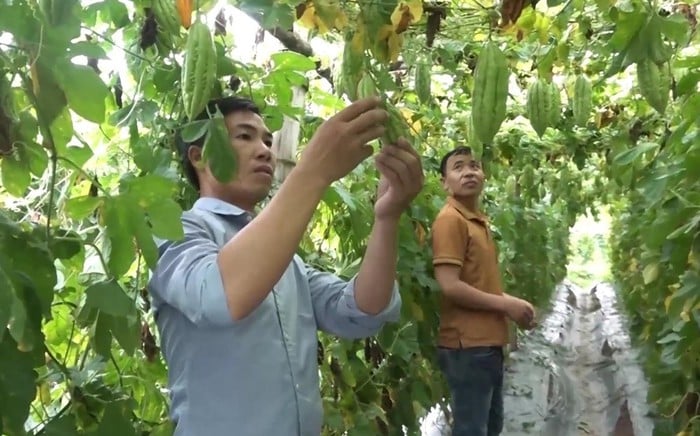
Model of converting bitter melon cultivation to rice cultivation
Every year, households in Nghia Lo ward also focus on developing crops such as corn, vegetables, bitter melon, various melons, chili, pumpkin seeds, Japanese green chili, melon, watermelon, etc. The change not only comes from the correct policy of the Party Committee and government but also the result of consensus and active response from the people. Previously ineffective rice fields have now "changed their clothes" with fruit orchards and vegetable fields with many times higher economic value.
Ms. Hoang Thi Hoa, in group 8, Nghia Lo ward, said: "The current effective conversion of crops is partly thanks to the synchronous development of the infrastructure of the new rural program, especially the rural traffic system, thanks to which production and consumption of products are better than before, people's goods are no longer worried about stagnant sales, all the production is sold by traders, so we are very excited.
Every year, the associations in Nghia Lo ward also actively connect and coordinate with companies and businesses to propagate and mobilize farmer members to boldly change the crop structure to bring income to the people, including some typical models such as the model of luffa for seeds, squash for seeds and chili for export. In livestock farming, farmers are also encouraged to boldly invest in building medium and large models. Thereby, people also actively respond and boldly invest and change, thereby bringing high income.
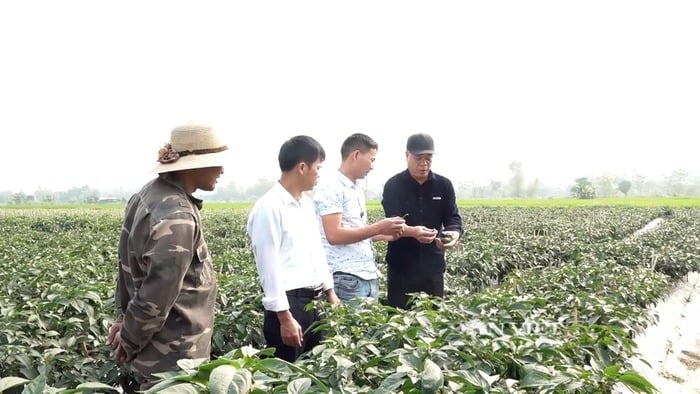
Green chili field in Nghia Lo ward
Economic development helps improve the living standards of people in Nghia Lo ward, especially creating conditions for people to access better cultural, educational and medical services, thereby contributing to improving their spiritual life. In addition, economic development also creates a better and more civilized living environment, promoting exchange, integration and cultural development in the locality.
Mr. Nguyen Manh Loi, in group 6, Nghia Lo ward, shared: “In the past, rural economic conditions were still difficult, so communication, entertainment, and sports activities were very limited. But now everything has changed, after working hours, people gather at cultural houses, regularly participate in cultural and sports activities to improve their health, contributing to enhancing solidarity with each other.”
The process of converting crop structure in Nghia Lo shows positive changes not only reflected in growth figures or converted area, but also in changes in people's sharp production thinking.
Source: https://phunuvietnam.vn/lao-cai-kinh-te-khoi-sac-nho-chuyen-doi-co-cau-cay-trong-o-phuong-nghia-lo-20250718112050651.htm




![[Photo] Keep your warehouse safe in all situations](https://vphoto.vietnam.vn/thumb/1200x675/vietnam/resource/IMAGE/2025/10/1/3eb4eceafe68497989865e7faa4e4d0e)

![[Photo] President of the Cuban National Assembly visits President Ho Chi Minh's Mausoleum](https://vphoto.vietnam.vn/thumb/1200x675/vietnam/resource/IMAGE/2025/10/1/39f1142310fc4dae9e3de4fcc9ac2ed0)
![[Photo] Hanoi morning of October 1: Prolonged flooding, people wade to work](https://vphoto.vietnam.vn/thumb/1200x675/vietnam/resource/IMAGE/2025/10/1/189be28938e3493fa26b2938efa2059e)
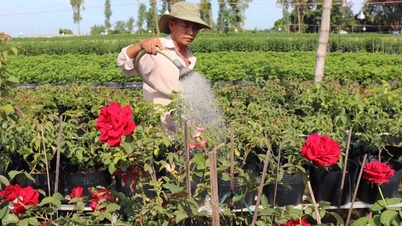

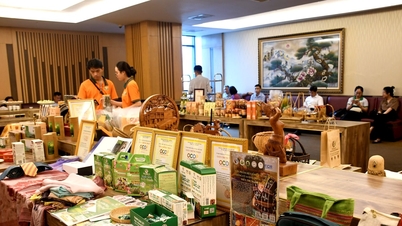

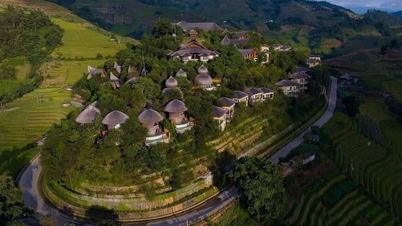

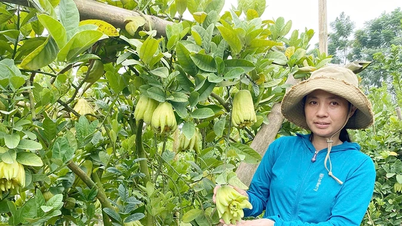

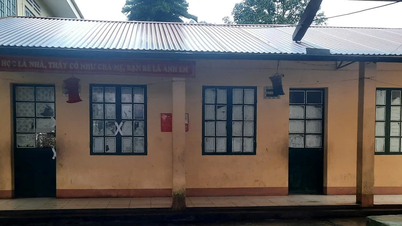

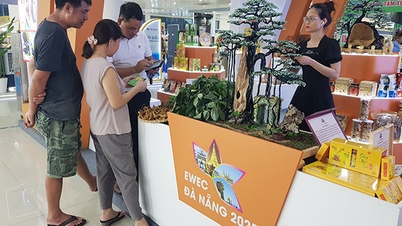





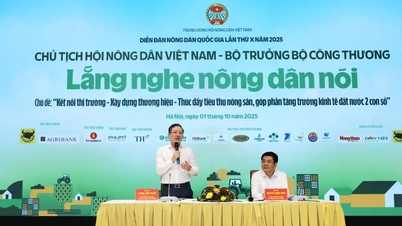

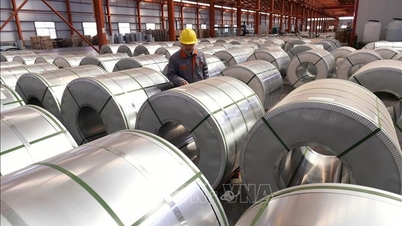










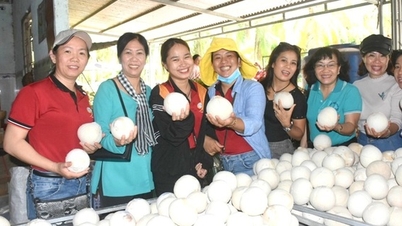








































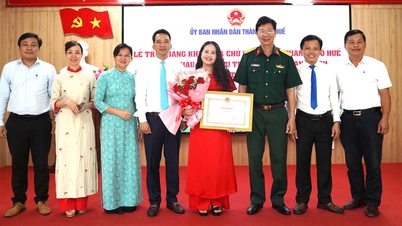

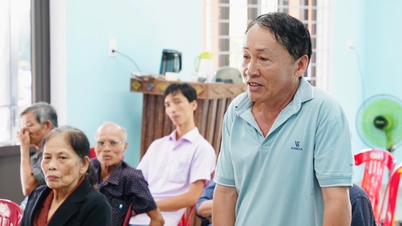
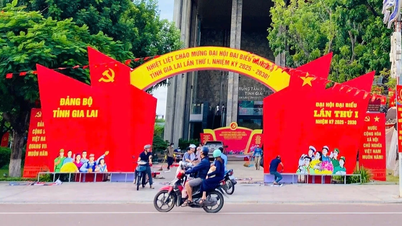



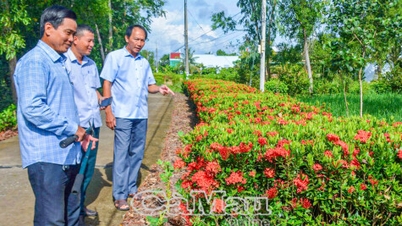
















Comment (0)